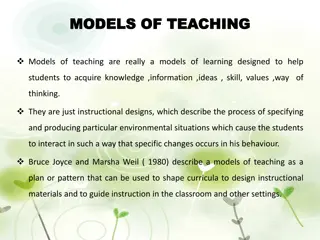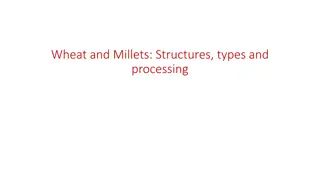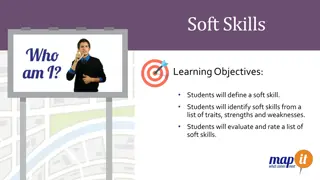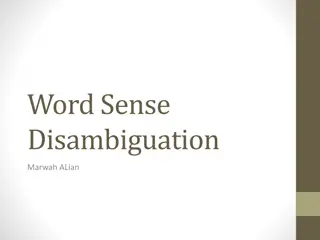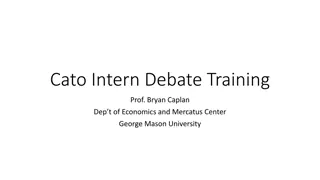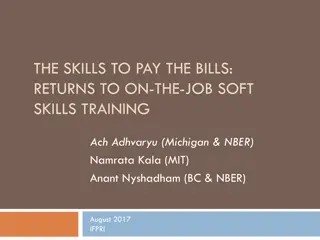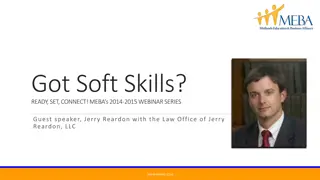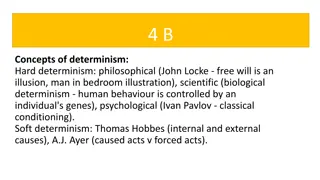Debating Models: Hard and Soft Approaches
Concepts of hard and soft debate models, this guide delves into the nuances of proposing and implementing motions. From outlining the levels of change to discussing specific examples like euthanasia, learn how to structure arguments effectively. Dive into practice exercises and understand the importance of finding the right balance between moderate and hard stances in debates.
Download Presentation

Please find below an Image/Link to download the presentation.
The content on the website is provided AS IS for your information and personal use only. It may not be sold, licensed, or shared on other websites without obtaining consent from the author.If you encounter any issues during the download, it is possible that the publisher has removed the file from their server.
You are allowed to download the files provided on this website for personal or commercial use, subject to the condition that they are used lawfully. All files are the property of their respective owners.
The content on the website is provided AS IS for your information and personal use only. It may not be sold, licensed, or shared on other websites without obtaining consent from the author.
E N D
Presentation Transcript
How to Debate 3 Hard and Soft Models & Some First Principles
Models How you are going to implement the motion The job of the first speaker to outline clearly The level of depth is at your discretion: Don t spend too long detailing every little aspect of the policy But ensure the pertinent parts of the process are clear For most motions it should be relatively intuitive
Hard and Soft Models This terminology refers to how drastic the change you are proposing is Hard being a drastic change to the status quo Soft being a slight change to the status quo Example: this house supports euthanasia
SOFT Line Model Soft Restricted to incredibly sick people with no hope of a cure and decent standard of living. Need consent of multiple doctors and psychologists. Can only be passive: i.e. denial of food/medicine.
MODERATE Line Model Moderate Allowed for the terminally ill with very low standard of living. Requires the consent of a doctor and psychologist.
HARD Line Model Hard Available to anyone diagnosed with terminal or debilitating illness. Need medical consent. Doctor assisted or self-administered.
Hard and Soft Models Good teams will always go for somewhere between a moderate and a hard line model WHY? Fairness: the softer the line you take the less clash there is in the debate because what you are proposing is not that different from the opposition. Strategy: harder line models facilitate more philosophically consistent cases.
Practice Exercise Get into little groups of 3 (as if you were in a team) Come up with an appropriate model for: A) This house would legalise all drugs B) This house would reserve seats for women in Parliament For this, consider the different ways the case could be run. C)
Extend Exercise Make teams come up with a broad outline of the arguments they would run based on those models Look at how soft models limit the arguments available Discussion of the cases (AFF and NEG)
First Principles
First Principles Most debates stem from some deeper clash between principles Some common principles: Bodily Autonomy Equity Freedom of Expression Note that the structure of the following slides is also how you can structure these arguments.
Bodily Autonomy What is it? Everyone has ownership rights over their own body. I own my body and have the right to make decisions in relation to it. Can extend to things like freedom of movement Proviso: 3rd party harm: until my actions harm others. Why is it important? I know my body best and can thus make the best decisions Other rights like free speech and free movement are contingent on this right. It is relatively fundamental
Debates it could apply to? This house would legalise/ban prostitution This house would legalise marajuana (or any drug)
Equity/Equality Arguments What is it? Blanket equality assumes that everyone has the same starting point in society Equity is about providing people with a relatively equal starting point; it is about fairness Through affirmative action, or targetted schemes, or welfare Why is it important? Rawls: the veil of ignorance it is only by the lottery of birth that you were born in the family that you are in. Given that, everyone is entitled to be brought up to an equivalent starting point.
Debates it applies to? This house supports affirmative action quotas for Maori in universities Almost every welfare debate
Freedom of Expression What is it? Everyone has a right to say what they want, wear what they want, and so on (it is an extension of the idea of liberty) You should not be stopped from voicing your opinion by anyone Why is it important? Marketplace of ideas: everyone has unique and useful ideas that they bring to society. (More utility basically) It underpins a fair and equal society and a liberal democracy (Much more explanation can happen here).
Debates it applies to? This house would ban the burqa Or other debates about religious freedoms This house would ban/legalise hate speech Or any debate that encompasses the issue of hate speech
Advice These arguments can all be extended in creative ways to fit different debates. For example: autonomy can extend to arguments about privacy and the right to regulate your own personal space. Just make sure you explain your principles clearly and justify why they apply and why they re important.
Final Practice: If there is time: Prep THW allow individuals to sell their organs In your spare time: Think about: This house would ban abortion at all stages of pregnancy I have not covered the specific principles in these slides: so you will have to dig them up yourself. Some guidance: Think about what constitutes a living agent Why and where we should draw the line The effect on women










